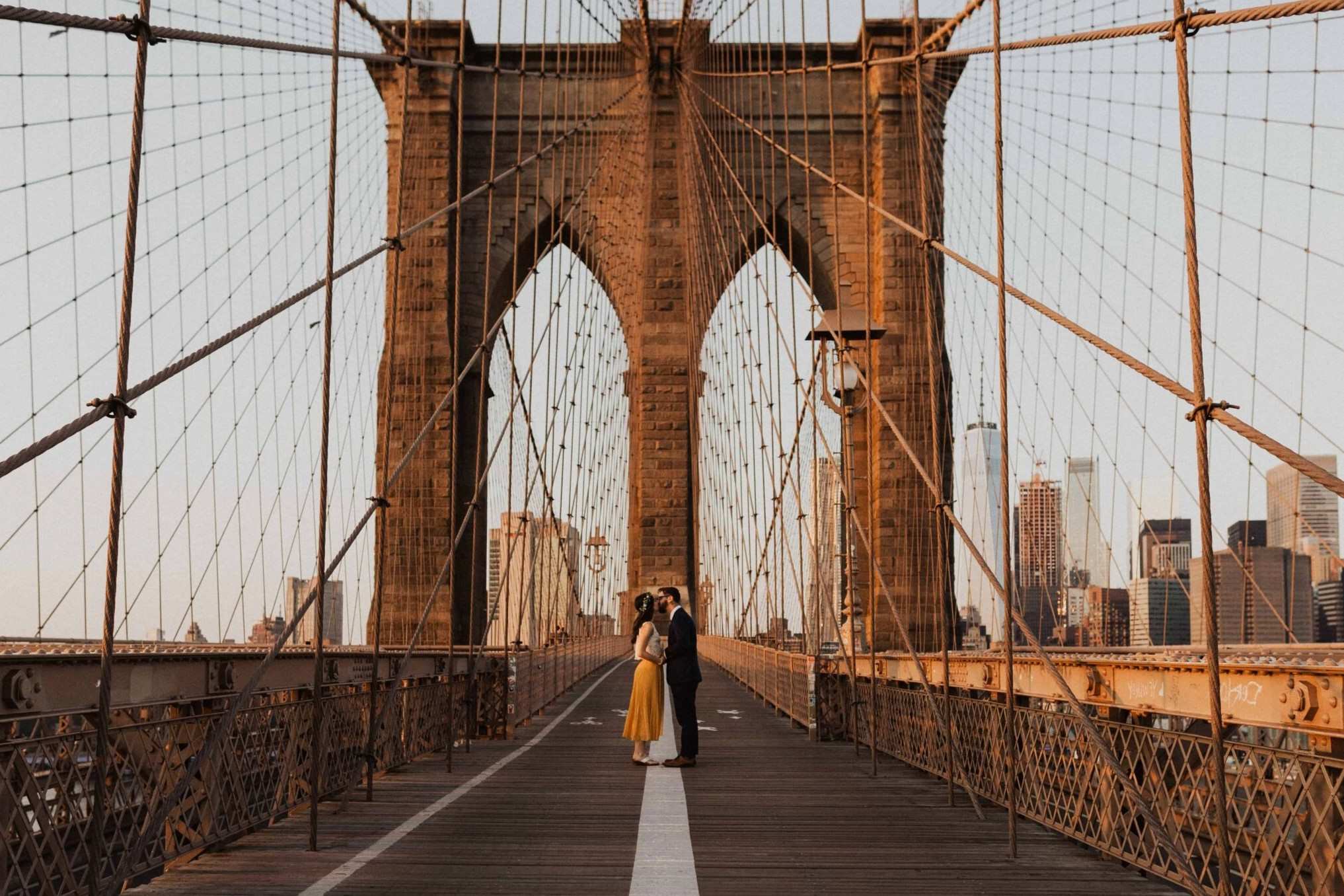Secrets Behind The Brooklyn Bridge

Have you ever wondered what makes the Brooklyn Bridge so special? This iconic structure, connecting Manhattan and Brooklyn, isn't just a way to get across the East River. It's a piece of history, an engineering marvel, and a symbol of New York City itself. Opened in 1883, the bridge was the longest suspension bridge in the world at that time. Its unique design, with gothic arches and steel cables, has inspired countless artists and photographers. Walking across the bridge offers stunning views of the skyline and the Statue of Liberty. Whether you're a local or a tourist, the Brooklyn Bridge has stories to tell.
Secrets Behind The Brooklyn Bridge
The Brooklyn Bridge stands as an iconic symbol of New York City. Its history, architecture, and cultural significance make it a fascinating subject. Let's uncover some secrets that make this bridge so special.
The Visionary Behind the Bridge
John A. Roebling, a German immigrant, envisioned the Brooklyn Bridge. His innovative ideas and engineering prowess laid the foundation for this marvel.
- John A. Roebling's Tragic End: Roebling never saw his dream completed. He died from tetanus after a freak accident during the bridge's construction.
- Washington Roebling's Heroic Effort: John's son, Washington, took over but suffered from decompression sickness, also known as "the bends," due to working in caissons underwater.
- Emily Roebling's Unsung Role: Washington's wife, Emily, played a crucial role, acting as a liaison and learning advanced mathematics and engineering to help complete the bridge.
Engineering Feats and Challenges
The Brooklyn Bridge was a groundbreaking project that faced numerous engineering challenges. Its construction pushed the boundaries of what was possible at the time.
- First Steel-Wire Suspension Bridge: It was the first bridge to use steel-wire cables, making it stronger and more durable than previous bridges.
- Caisson Construction: Workers used massive wooden boxes called caissons to build the bridge's foundations underwater, a technique fraught with danger.
- Gothic Arches: The bridge's towers feature Gothic-style arches, adding both strength and aesthetic appeal.
Cultural Impact and Myths
Beyond its engineering marvels, the Brooklyn Bridge has woven itself into the cultural fabric of New York City, inspiring countless stories and myths.
- Barnum's Elephant Parade: In 1884, P.T. Barnum led a parade of 21 elephants across the bridge to prove its stability, a publicity stunt that captured the public's imagination.
- The Great Bridge Jump: In 1886, Robert E. Odlum became the first person to jump off the bridge, a dangerous feat that ended tragically.
- Literary Inspiration: The bridge has inspired numerous writers and poets, including Walt Whitman and Hart Crane, who saw it as a symbol of human achievement.
Modern-Day Significance
Today, the Brooklyn Bridge remains a vital part of New York City's infrastructure and a beloved landmark.
- Pedestrian Walkway: The bridge features a dedicated pedestrian walkway, offering stunning views of the Manhattan skyline and the East River.
- Iconic Film Location: It has appeared in countless films and TV shows, cementing its status as a cultural icon.
- Annual Events: The bridge hosts various events, including charity walks and marathons, bringing people together from all walks of life.
Why The Brooklyn Bridge Matters
The Brooklyn Bridge isn't just a way to get from Manhattan to Brooklyn. It's a symbol of engineering brilliance and American history. Built in the late 1800s, it was the longest suspension bridge in the world at the time. The bridge's design, with its iconic towers and steel cables, has inspired countless other structures.
Walking across the bridge offers stunning views of the New York City skyline and the East River. It's a favorite spot for both tourists and locals. The bridge also played a key role in the development of New York City, connecting two major boroughs and boosting the city's growth.
Next time you're in New York, take a stroll across the Brooklyn Bridge. You'll be walking through history while enjoying some of the best views the city has to offer.

